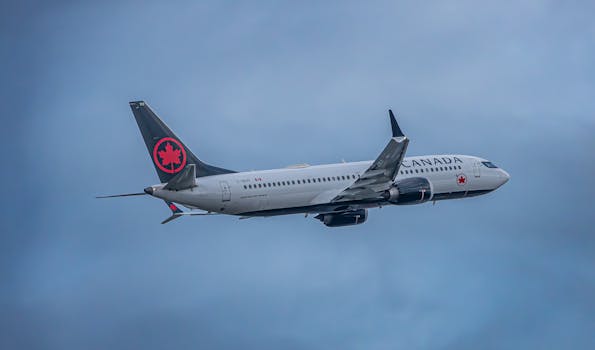Newfoundland, the easternmost province of Canada, holds a unique and storied place in aviation history. From being the launch site of the first transatlantic flight to serving as a crucial refueling stop during the golden age of air travel, Newfoundland’s skies have witnessed some of the most significant milestones in aviation. Today, its airports continue to connect Canada to the world while supporting local industries and communities.
A Historic Launchpad for Aviation
The First Transatlantic Flight
On June 14, 1919, British aviators John Alcock and Arthur Brown took off from Lester’s Field in St. John’s, Newfoundland, in a modified Vickers Vimy bomber. After battling extreme weather and mechanical issues, they landed in Clifden, Ireland, just under 16 hours later, completing the first nonstop transatlantic flight. This historic achievement proved that long-distance air travel was possible and paved the way for modern aviation.
Gander: The Crossroads of the World
During the early years of commercial aviation, Gander International Airport (CYQX) became one of the most important refueling stops for aircraft crossing the Atlantic. By the 1940s, Gander was one of the busiest airports in the world, facilitating military and civilian flights between North America and Europe.
Gander’s strategic location made it a vital hub during World War II, serving as a key staging point for ferrying aircraft to Europe. In the post-war era, it continued to serve as a transit stop for early transatlantic jetliners. Even as long-range aircraft reduced the need for refueling stops, Gander remained an essential player in global aviation.
Newfoundland’s Airports: Connecting the World
St. John’s International Airport (CYYT)
As the primary airport in Newfoundland and Labrador, St. John’s International Airport serves as the province’s main gateway to Canada and beyond. With direct flights to major Canadian cities such as Toronto, Montreal, and Halifax, as well as seasonal routes to international destinations, CYYT plays a vital role in tourism and business travel.
Recent upgrades to the airport have modernized its terminal facilities and expanded its runways, allowing for increased air traffic and improved passenger experience. The airport also supports a growing cargo sector, serving as an important hub for seafood exports and other goods. ![]()
Gander International Airport (CYQX)
Though no longer the bustling hub it once was, Gander remains an important airport for transatlantic diversions and emergency landings. It gained worldwide attention on September 11, 2001, when 38 planes were diverted to Gander following the closure of U.S. airspace. The town of Gander welcomed over 6,500 stranded passengers, an act of kindness that inspired the hit Broadway musical Come From Away.
Regional and Remote Airstrips
Newfoundland’s rugged geography and remote communities make regional air travel essential. Smaller airports and airstrips, such as those in Deer Lake (CYDF) and Happy Valley-Goose Bay (CYYR), provide crucial links for residents, businesses, and medical emergencies.
Goose Bay, in particular, serves both civilian and military aviation, hosting NATO training exercises and playing a role in Arctic operations. These airports ensure that even the most isolated communities remain connected.
The Future of Aviation in Newfoundland
As the aviation industry evolves, Newfoundland is embracing new opportunities in air travel and aerospace innovation. St. John’s and Gander are poised to benefit from emerging technologies such as sustainable aviation fuel, unmanned aerial vehicles (UAVs), and Arctic air logistics.
Tourism remains a key driver of air traffic, with growing interest in Newfoundland’s natural beauty, culture, and history. Airlines continue to explore new routes to meet demand, ensuring that Newfoundland remains an essential part of Canada’s air network.
Conclusion
From the first transatlantic flight to its role as a modern air travel hub, Newfoundland has cemented itself as a cornerstone of aviation history. Its airports continue to serve as vital links for passengers, cargo, and emergency services, ensuring that the province remains well-connected to the rest of the world. As technology and travel continue to advance, Newfoundland’s skies will remain as busy as ever, carrying on its legacy as the gateway to North America.

